A linear potentiometer is a variable resistor used to adjust electrical resistance in a circuit. It consists of a resistive track and a wiper that slides along it, changing the resistance as it moves. This adjustment is made via a knob or slider that controls the wiper’s position. The resistance varies linearly with the movement, providing smooth and precise control over electrical parameters such as voltage or current.
This pack contains 10 linear potentiometers with knobs, each offering a different resistance value for versatile applications. The potentiometers range from 1KΩ to 1MΩ, providing a wide selection for adjusting voltage, current, or signal levels in various electronic circuits. The included knobs allow for easy, manual adjustment of the potentiometer’s resistance, ensuring smooth and precise control.
Potentiometer Symbol:
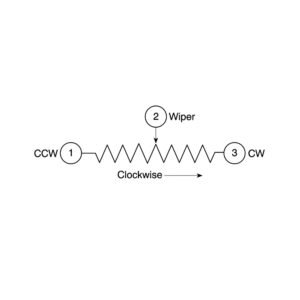
Linear POT Pin Configuration:
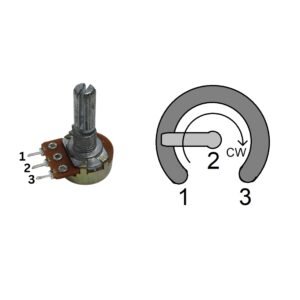
- Pin 1 (Fixed Terminal 1) – One end of the resistive track, usually connected to VCC or GND.
- Pin 2 (Wiper – Variable Terminal) – Moves along the resistive track, providing a variable output voltage.
- Pin 3 (Fixed Terminal 2) – The other end of the resistive track, connected to the opposite potential of Pin 1 (GND or VCC).















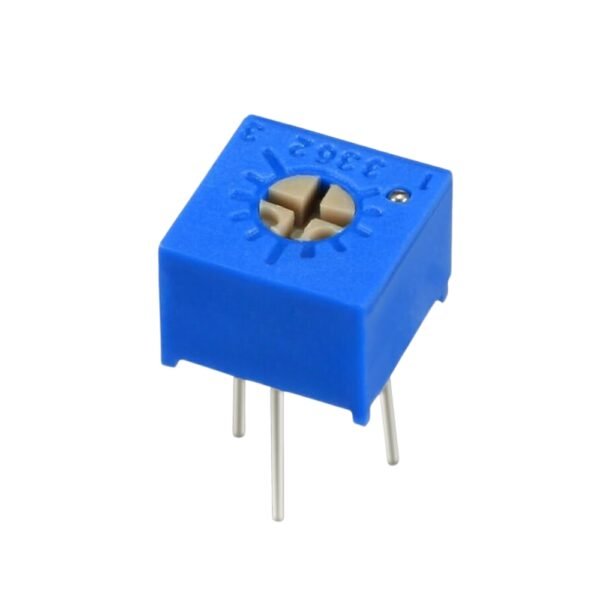

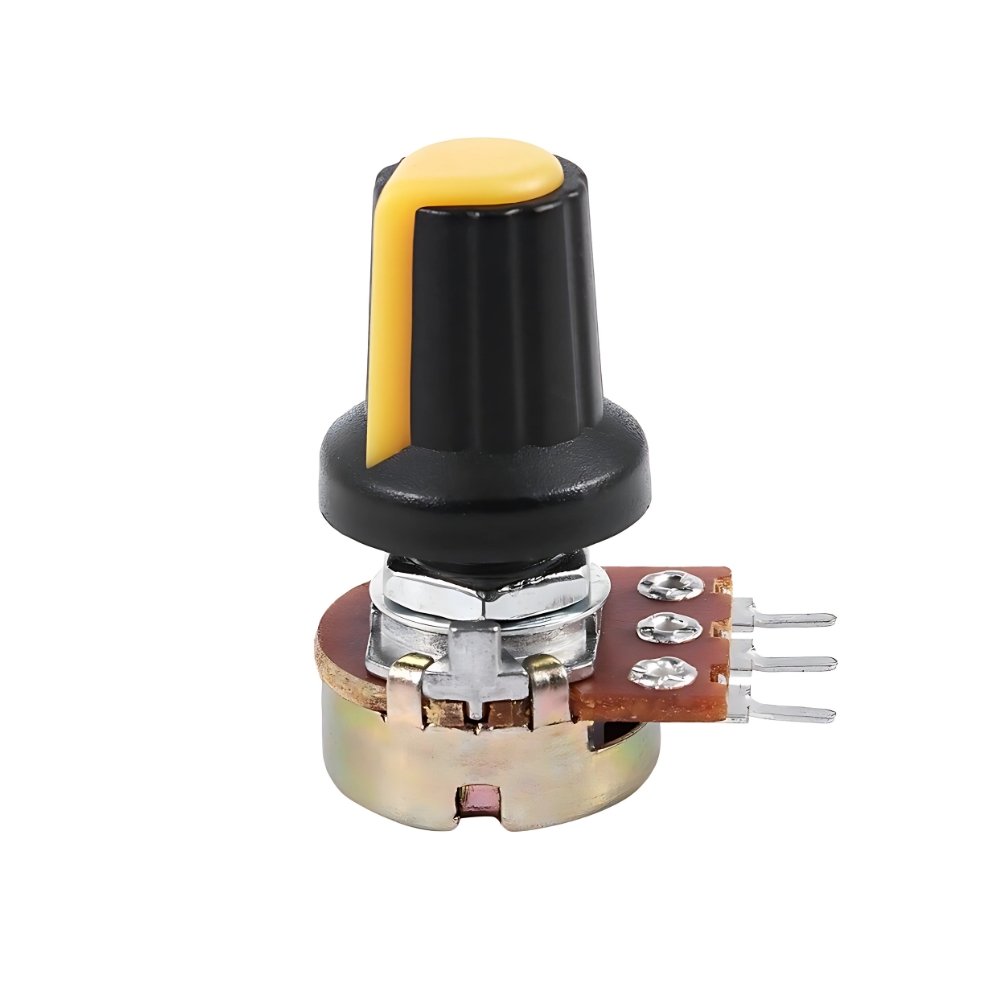


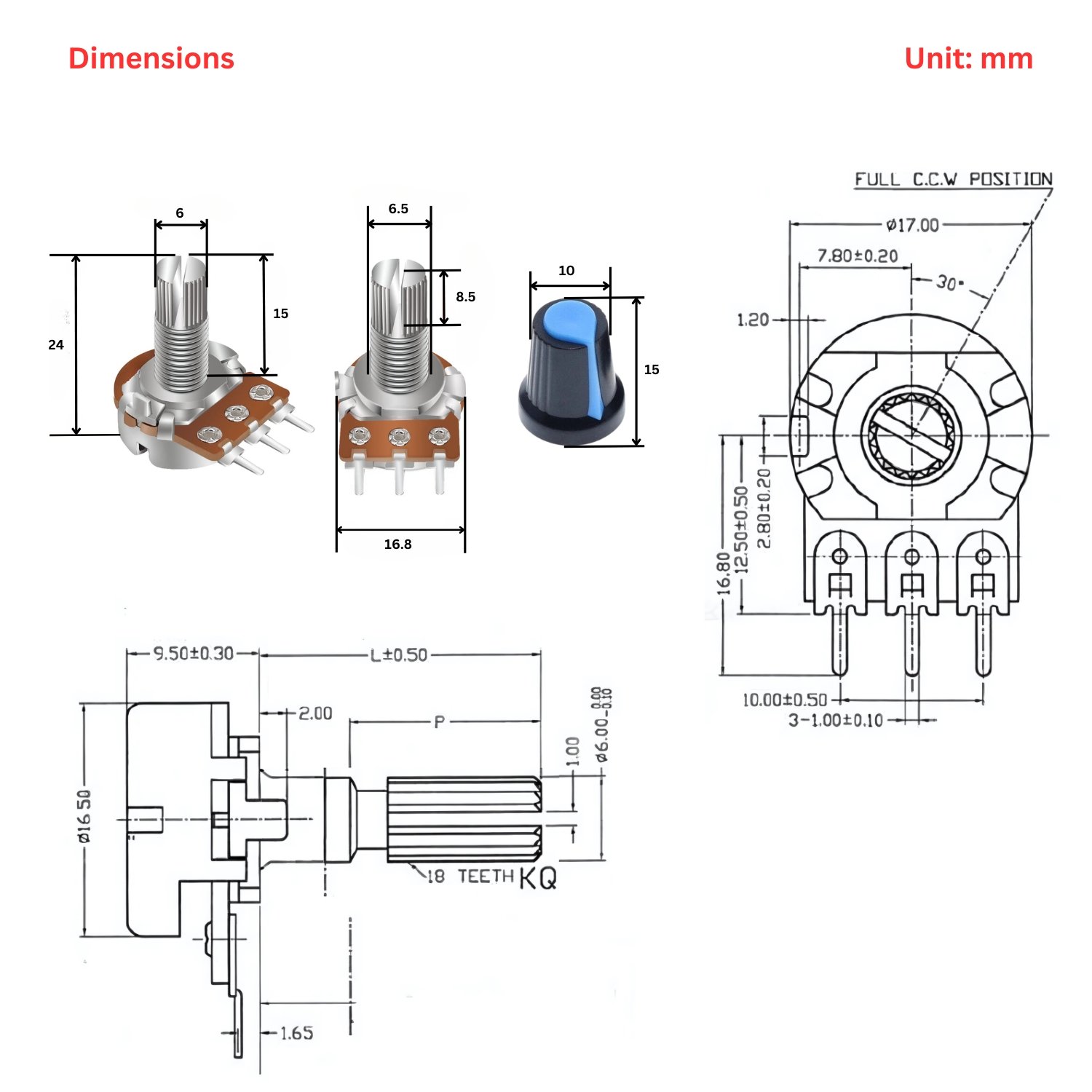

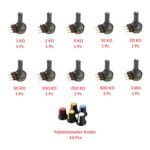

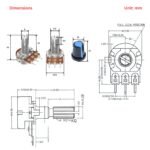
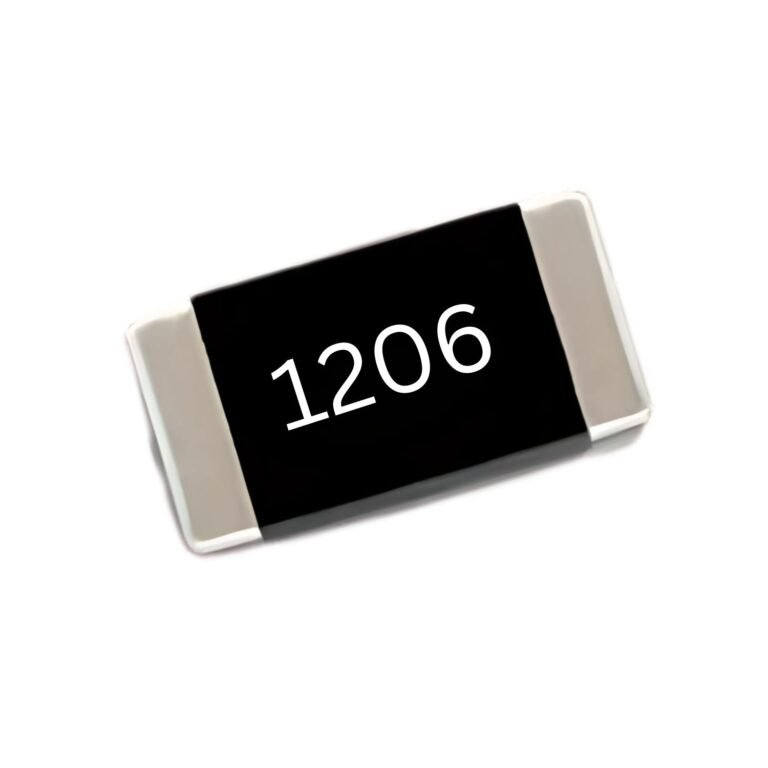
Reviews
Clear filtersThere are no reviews yet.